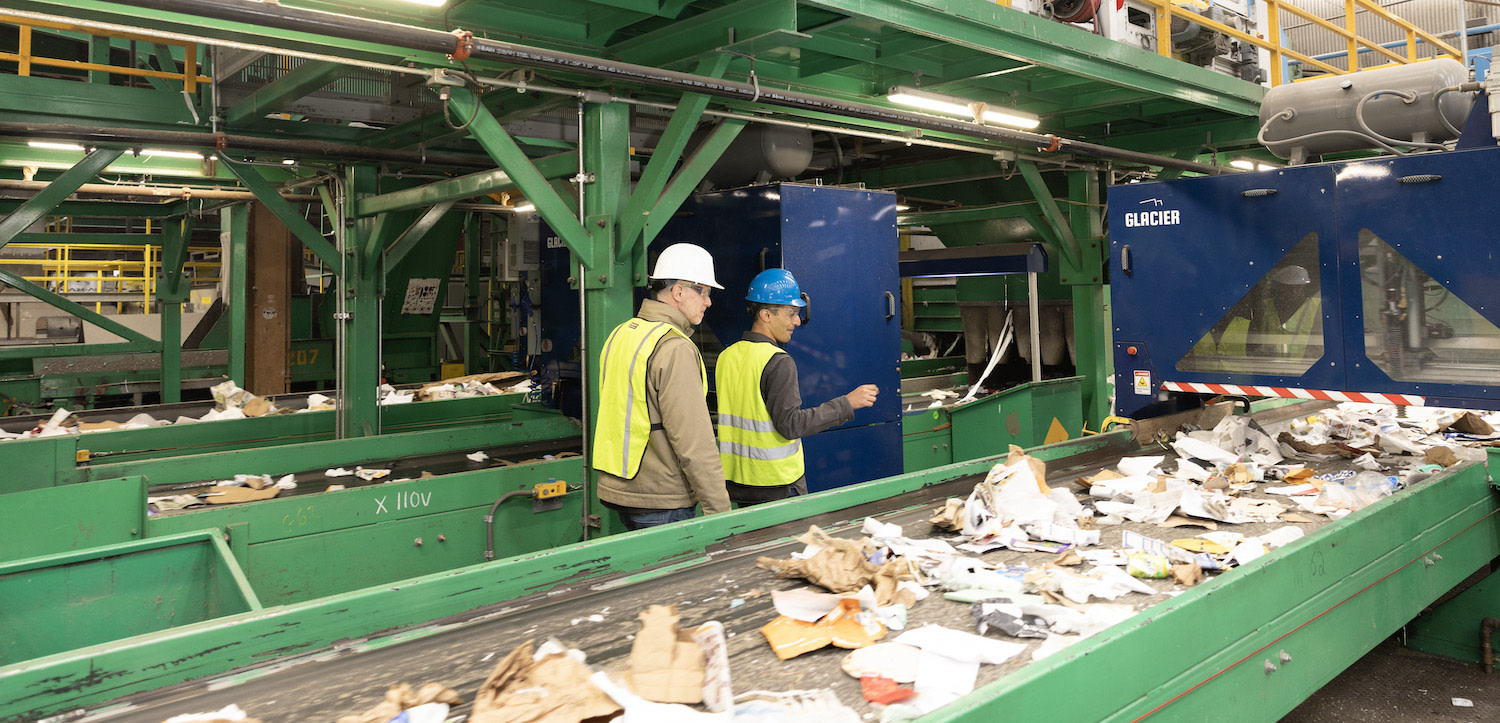Amazon Publishes 2023 Sustainability Report
Amazon.com, Inc.

Key Takeaways
Amazon reached 100% renewable energy usage seven years ahead of schedule.
Over 24,000 electric vehicles are now part of Amazon's global delivery fleet.
Substantial reduction in packaging waste and elimination of single-use plastics in various regions.
Initiatives to reduce water usage and enhance water replenishment.
A 3% reduction in total carbon footprint and a 13% decrease in carbon intensity despite business growth.
Amazon's 2023 sustainability report details the company's work towards creating a sustainable future for its customers, employees, and the environment.
By using only renewable energy sources to power all of its activities worldwide this year, Amazon accomplished an important objective seven years ahead of schedule. Decarbonising transportation has also advanced significantly, with over 24,000 electric vehicles currently in use worldwide.
Through the Climate Pledge Fund, Amazon has funded in 26 promising climate start-ups and recruited over 500 companies from 45 countries to sign the pledge. The company is also continuing to innovate in packaging by giving priority to recyclable materials.
Scaling Carbon-Free Energy
Amazon pledged in 2019 to use renewable energy to power all of its global operations, including data centres, corporate offices, grocery stores, and fulfilment centres, by 2030. This goal was met in 2023, seven years ahead of schedule, thanks to over 500 solar and wind projects around the world, including 50 in India. Amazon has become India's and the world's largest corporate purchaser of renewable energy for four years in a row.
Eliminating Waste and Single-Use Plastics
Amazon has committed to doing away with single-use plastics and cutting down on packaging waste. By reducing the average packaging weight of each shipment by 43% since 2015, they have avoided using more than 3 million metric tonnes of packaging.
Currently, almost half of consumer orders shipped from India arrive in their original packaging. In Europe, 100% recyclable paper and cardboard have taken the place of single-use plastic delivery packaging. Using only 100% curbside recyclable paper packaging, Amazon's first fulfilment hub in the United States has done away with plastic outbound packing.
To eliminate all plastic air pillows by the end of the year, Amazon has substituted paper filler for 95% of the ones used in North American shipping packaging.
Enhancing Delivery Efficiency with Electric Vehicles
Amazon’s delivery network is increasingly powered by electric vehicles (EVs), with more than 24,000 EVs in operation globally. In 2023, 680 million packages were delivered by EVs. In India, Amazon is on track to deploy 10,000 EVs by 2025, with the current fleet at over 7,200 vehicles, including three-, four-wheel vehicles, and two-wheel e-bikes. The restructuring of U.S. operations into eight regions has optimised delivery speed, reduced vehicle emissions, and avoided nearly 16 million miles travelled.
Promoting Water Stewardship
Amazon is committed to improving water use efficiency and replenishing water sources. In 2023, new standards for construction design in the U.S. reduced indoor water use by 40%, and AWS reached 41% of its goal to be water positive by 2030. Investments in 15 water replenishment projects returned 3.5 billion litres to local communities. In India, buildings are designed with rainwater-harvesting systems and sewage treatment plants to recycle greywater for irrigation and flushing.
Reducing Carbon Footprint Amid Business Growth
Despite business growth in 2023, Amazon reduced its carbon footprint by 3% and decreased carbon intensity by 13%. This indicates progress in decoupling emissions growth from business growth, indicating a successful reduction in the carbon footprint relative to business expansion.
Read the full 2023 Sustainability Report here.
Discover an extensive network of ESG providers here
For ESG course-related updates
Source: Amazon






